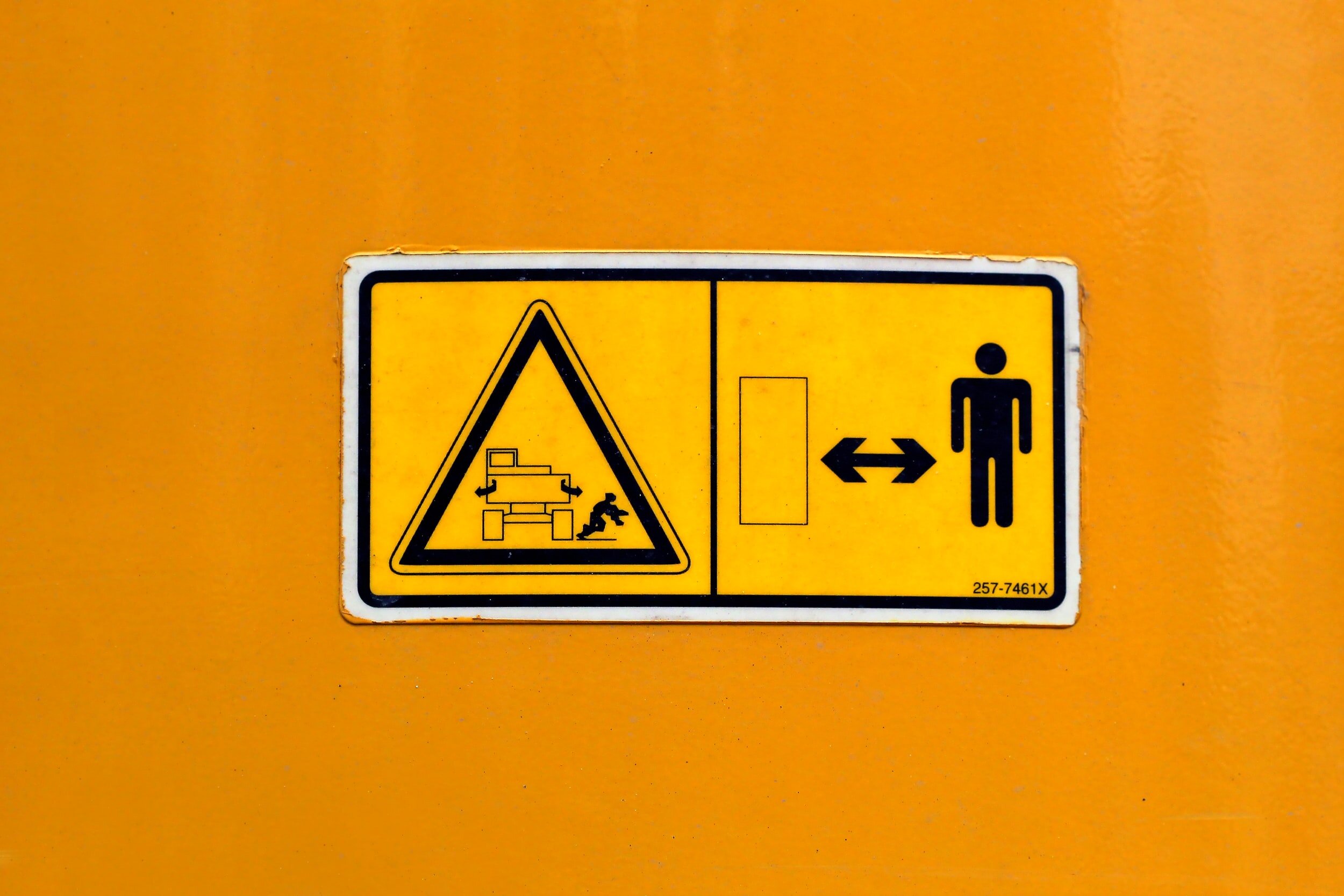Near Misses and Self-Reporting: Part 2 - How Can Near Miss Reporting Rates be Improved?
In last week’s blog post we saw that missing data is a big issue when it comes to near miss reporting. This missing data impacts safety planning, preventative measures, and ultimately, the future safety of all workers. Once the reason or reasons for workers not reporting near misses has been identified, the next step is to combat those factors.
Training and Improving Communication
Before workers can be more safe, they need to understand the hazards and risks present. As discussed in the previous post, some near misses go unreported because workers are unaware of the danger. Improving knowledge and educating employees is one of the first steps in improving safety in the workplace as this knowledge allows workers to make better decisions and identify near misses.
The workplace also needs to allow for and encourage open communication. If employees are fearful of punishment, loss or pay, or other retribution for reporting a near miss, they will be less likely to report. Instead, focusing on problem-solving and learning from near misses will communicate to employees that sharing near misses with management is the right action, and does not have negative impacts on them personally.
Improving Workplace Safety Culture
Addressing workplace culture is also important in improving safety. Even if your organization does everything it can to protect workers and provide a safe working environment, an unsafe organizational culture can undermine your efforts. It is critical to address culture when working to improve accident prevention in the workplace.
The culture of safety also has to be present at every level of an organization. For example, it is common among managers to subscribe to a “production first” attitude instead of a “safety first” attitude. This attitude negatively portrays the company’s view on the importance of workplace safety, which then trickles down and impacts those workers’ likelihood of reporting. Learn more about how culture impacts safety in this article.
Implementing a Near Miss Program and Supplementing Reporting
Near Miss safety programs have the ability to reduce accidents in the workplace, improve employee morale and education, and to promote a safe workplace. Implementing a program can be time consuming, but will ultimately benefit the organization and the workers.
In their implementation of a Near Miss program, a major construction company saw these results first-hand. Uptake of the program by the workers was gradual, with the number of near misses reported averaged one or two per month at the beginning of the project. Three months after the start of the project, that number increased nearly 40 times. At the time of writing their report, the site was averaging about 230 near misses per week, which translated to well over 100 times the rate when the program was first initiated. As a result of the project, the first 18 months of work on the site saw 3.1 million man-hours worked without a lost time injury.
To achieve this impressive result, the company’s Near Miss safety program focused on the concept of accountability. They first set out to define safety expectations and responsibilities at every level of the organization. Next, they provided training to workers to enable them to meet these expectations. Then, to ensure the expectations were met, the company measured the performance of near miss reporting. Finally, they rewarded those who performed successfully in following the Near Miss program, encouraging both them and others to adopt the expectations.
Another way to improve self reporting is to supplement it. Safety tech like Proxxi Voltage provides both employees and managers with indicators of near misses and other safety concerns. By highlighting potential incidents better awareness is created and more effective next steps can be taken. Knowing when incidents occur allow for important conversations to be had, training needs to be identified, and hazards to be addressed.
Near miss reporting is vital to an organization’s ability to make and adjust safety plans. A lack of near misses being reported may not be an indicator of safety, but instead an indicator of a lack of reporting. Ensuring that near misses are reported will help keep workers safe, protect the business, and improve overall efficiency and productivity in an organization.


